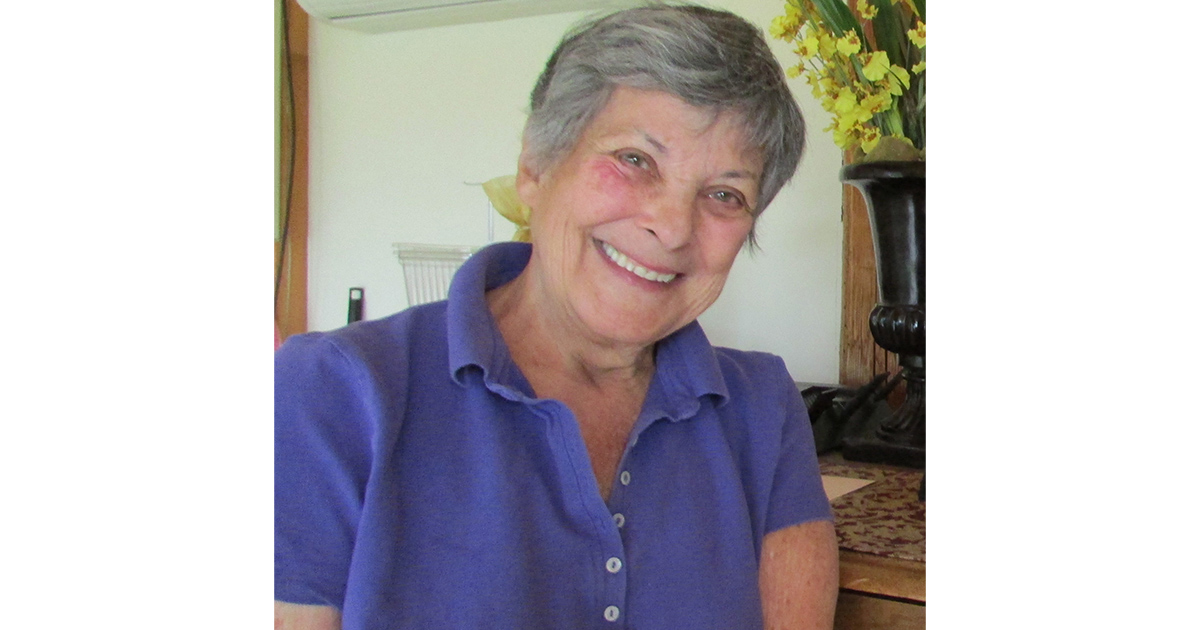1. If you’re younger than 60, this one’s for you. For the first time in 50 years, the Canadian government has permanently increased Old Age Security (OAS) payments by 10 per cent for seniors aged 75 and older. Ninety-five percent of us automatically take our OAS and, for that matter, our government pension plans (either CPP or QPP) when we’re 65, even though we don’t have to. We can take benefits as early as age 60 or as late as age 70. The benefit amounts are adjusted down by 7.2% a year if taken at 60 and adjusted up by 8.4% a year if taken when you’re older than 65 to a maximum of age 70. With an ageing population and widespread concern that many of us aren’t financially ready for retirement, it’s time to sit down and figure out what’s best for you when deciding to take payments from OAS, CPP or QPP. This will depend on your own circumstances, but it’s worth the effort to discover whether delaying payment until 70 will get you a guaranteed-for-life inflation-indexed pension and significantly more money over your lifetime. Do it yourself or ask an accountant.
2. If you’re older than 18, this one’s for you. Think about a Tax-Free Savings Account (TFSA). It’s a basket where you can build and manage your own investment portfolio that may generate interest, capital gains, and dividends, all tax-free. The maximum amount you can put into your TFSA is $6,000 for the 2022 calendar year. If you have never contributed before and turned 18 in 2009 or earlier, you may contribute up to $81,500. Even if you start today putting in $6,000 and adding $500 a month for 20 years, a GIC or any investment at 4% will easily get you to $200,000.
3. Whatever your age, if you’re at all in touch with our changing world, this one’s for you. Economic growth (and therefore prosperity) equals population growth combined with productivity growth. Taking these one at a time, Canada’s fertility rate has been below the replacement rate for 50 years – we depend on immigration to add to the number of people working and paying taxes to fund our public services, such as health care. Yet while the number of immigrants we welcome each year is growing, the labor force is not. Moreover, the Canadian workforce is almost 30% less productive than the United States.
There’s more evidence that Canada is not the most dynamic economy in which to invest: our national debt is costing $43 billion this year in interest payments. You and I are paying this interest – about $700 for each of us this year. And next year and the year after. That’s money that will not go into demand for new products and services – the stuff that makes our economy grow and prosper. What does this say to people who are looking to invest for profit? It says Canada is not such a great place to invest.
4. We are fixated on inflation at the moment and constantly hear that it is the scourge the earth. In fact, it is not. Eventually, the 9% will become 6% and disinflation will be the welcome narrative for a while. Lurking somewhere out of the headlines and out of most minds is the concept of deflation – not just inflated prices disinflating – from 9% to 6% to 2% but continuing to fall way below zero. A high level of debt is at the heart of it — people to pay down debt which lowers economic output because more money goes to debt reduction than the production of new output. Japan is the classic case study — three decades of observation tells us that high debt and a declining and aging population leads to low or no GDP growth, frequent recessions and a self-perpetuating downward spiral.
5. Last thought for this week: all this has gigantic implications for the kinds of assets we should be putting in our investment portfolios.
Dian Cohen, C.M., O.M., economist
cohendian560@gmail.com
Subscribe now for full story and more.






